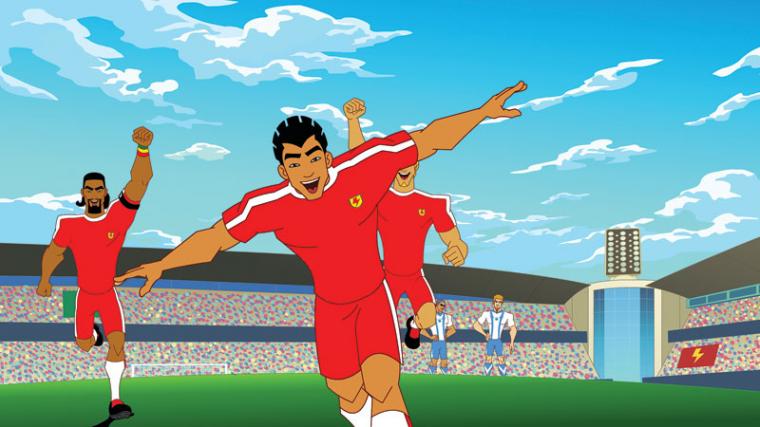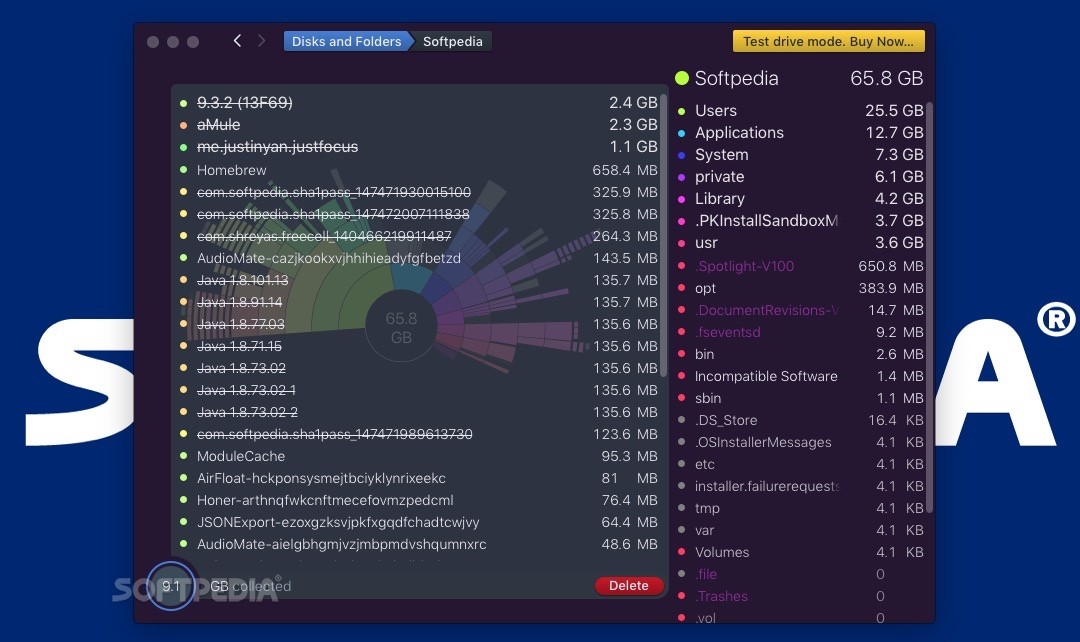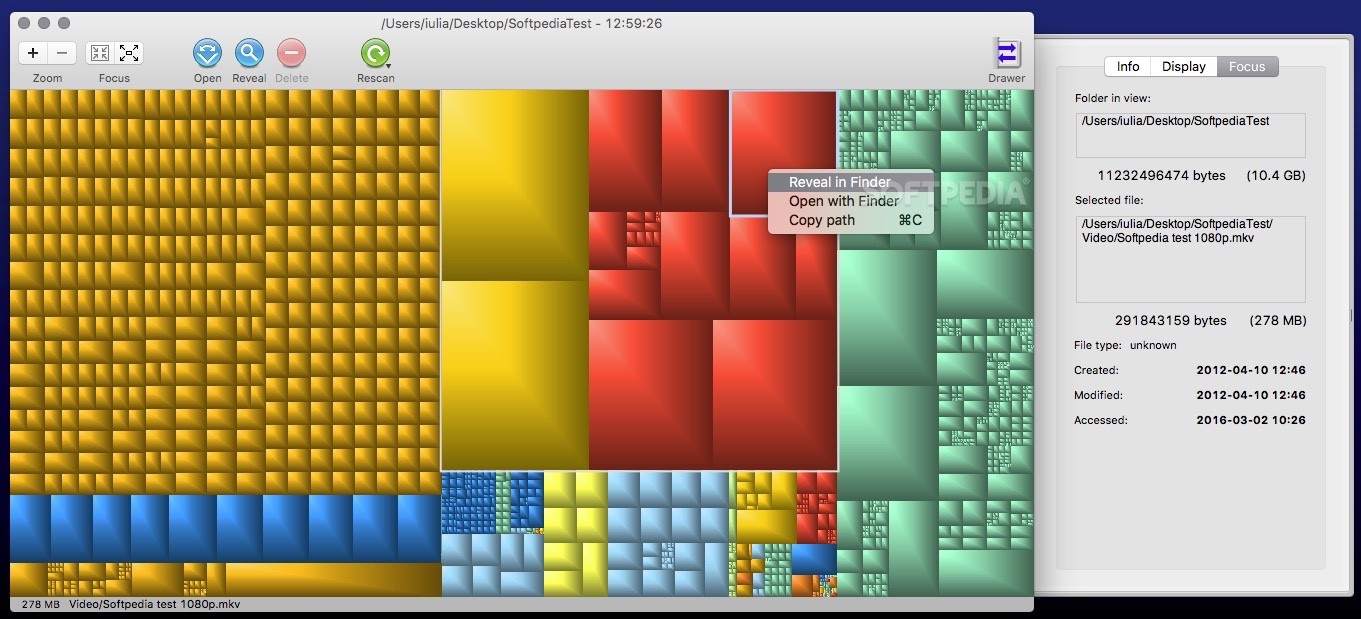

The results can be displayed as points, lines, tubes, ribbons, etc., and can be processed by a multitude of filters.

All processing operations (filters) produce datasets.Handles structured (uniform rectilinear, non-uniform rectilinear, and curvilinear grids), unstructured, polygonal and image data.Here are some key features of "ParaView": Hence ParaView is available as an open-source system.
SUPAVIEW DOWNLOAD SOFTWARE
One significant feature of the contract is that all software developed is to be delivered open source. The project includes parallel algorithms, infrastructure, I/O, support, and display devices. The goal of the project is to develop scalable parallel processing tools with an emphasis on distributed memory implementations. by a consortium of three National Labs - Los Alamos, Sandia, and Livermore.

ParaView is funded by the US Department of Energy ASCI Views program as part of a three-year contract awarded to Kitware, Inc. Contributors and developers of ParaView currently include: Kitware, LANL, Sandia National Laboratories, and Army Research Laboratory. ParaView was created by Kitware in conjunction with Jim Ahrens of the Advanced Computing Laboratory at Los Alamos National Laboratory (LANL). Please go here for a detailed list of features. Under the hood, ParaView uses the Visualization Toolkit as the data processing and rendering engine and has a user interface written using a unique blend of Tcl/Tk and C++.

ParaView runs on distributed and shared memory parallel as well as single processor systems and has been succesfully tested on Windows, Linux and various Unix workstations and clusters. Develop an extensible architecture based on open standards. Create an open, flexible, and intuitive user interface. Support distributed computation models to process large data sets. Develop an open-source, multi-platform visualization application. The goals of the ParaView project include the following: ParaView project is an application designed with the need to visualize large data sets in mind.


 0 kommentar(er)
0 kommentar(er)
